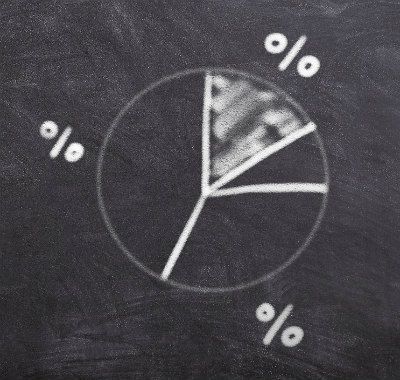20-year Fixed Mortgage
A 20/80 mortgage (also known as an 80/20 mortgage) is a scheme wherein the borrower takes out two mortgages on the home – one principal mortgage in the amount of 80% of the sale price, and another that will allow him/her to come up with 20% of the sale price as a down payment. This second loan (the 20 in the mortgage name) can in fact be ten or fifteen percent of the home’s price, if the borrower has some cash in the bank to throw into the down payment pool. If this smaller loan, also called a piggyback loan, is the full 20% down payment then the home is being 100% financed.
 The 20/80 accomplishes a couple of things. If your credit rating is acceptable, the twenty percent down payment may qualify you for a fixed rate loan or may get you a better interest rate. It will also void the requirement that all lenders have for mortgage insurance, if the down payment is less than 20%. While it is called personal mortgage insurance (PMI), it actually insures the lender against the possibility of a loan default. PMI can add $100 or more to your monthly mortgage payment and is required until such time as the borrower holds a 20% equity in the home. That could be a long while if the borrower were to use some other type of loan to get 100% financing.
The 20/80 accomplishes a couple of things. If your credit rating is acceptable, the twenty percent down payment may qualify you for a fixed rate loan or may get you a better interest rate. It will also void the requirement that all lenders have for mortgage insurance, if the down payment is less than 20%. While it is called personal mortgage insurance (PMI), it actually insures the lender against the possibility of a loan default. PMI can add $100 or more to your monthly mortgage payment and is required until such time as the borrower holds a 20% equity in the home. That could be a long while if the borrower were to use some other type of loan to get 100% financing.
The smaller of the 20/80 mortgage loans will have a shorter lifespan than the principal mortgage, and a higher interest rate. The interest on both loans, however, is tax deductible. The additional tax deduction combined with the elimination of PMI causes many people to make the argument that the two mortgage scenario is in fact cheaper than a loan that requires PMI, even though the borrower is making dual mortgage payments.
The true answer to the question of a piggyback loan versus PMI depends on the borrower’s tax bracket, on the length of time he/she will be in the home and on such things as the rate of home appreciation. Since PMI terminates when the homeowner’s debt is down to 80% of the home’s value, a high appreciation rate will shorten the required insurance period. If the two loans come from separate lenders, the borrower may be facing two sets of closing costs – a substantial added expense.
The 20/80 mortgage has been the choice for many a new homeowner over the last five years. Financing of this type means that it will take a while to build up equity while the housing market remains flat. If you choose to enter into 100% or near 100% financing of this type, it’s important to consider the length of time you will bear the burden of two mortgage payments and balance that against the tax breaks you have accrued with the two deductions.…